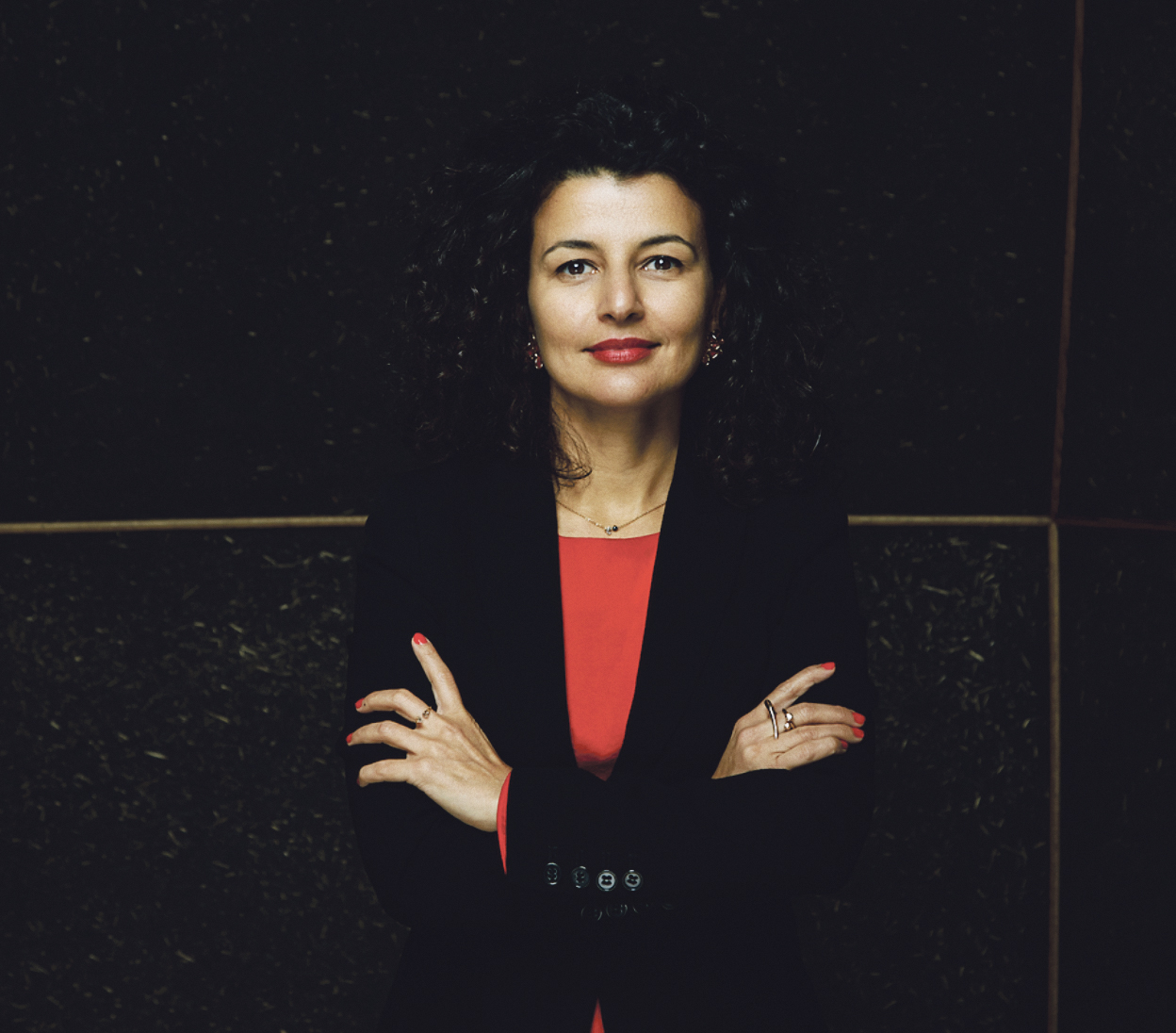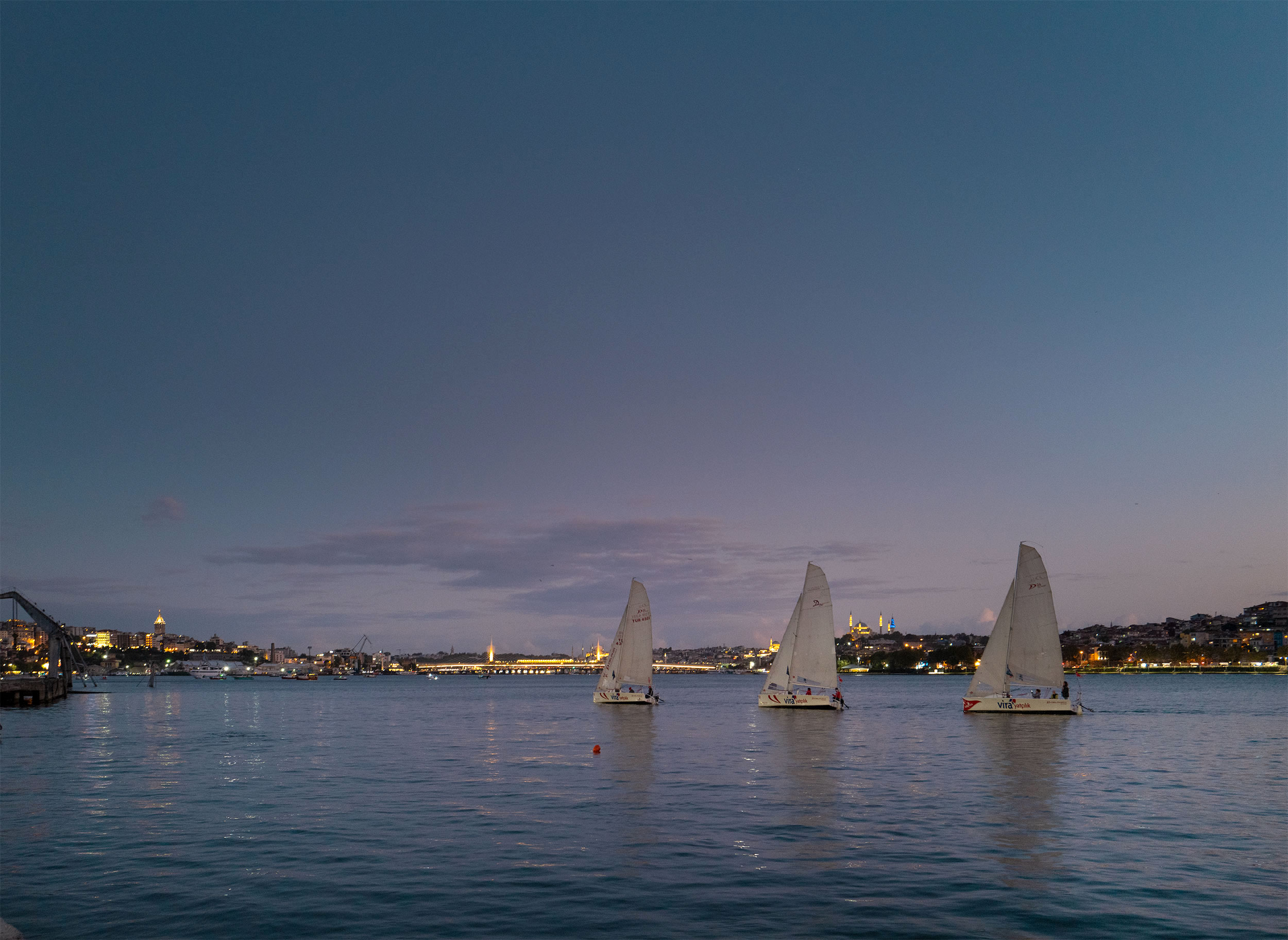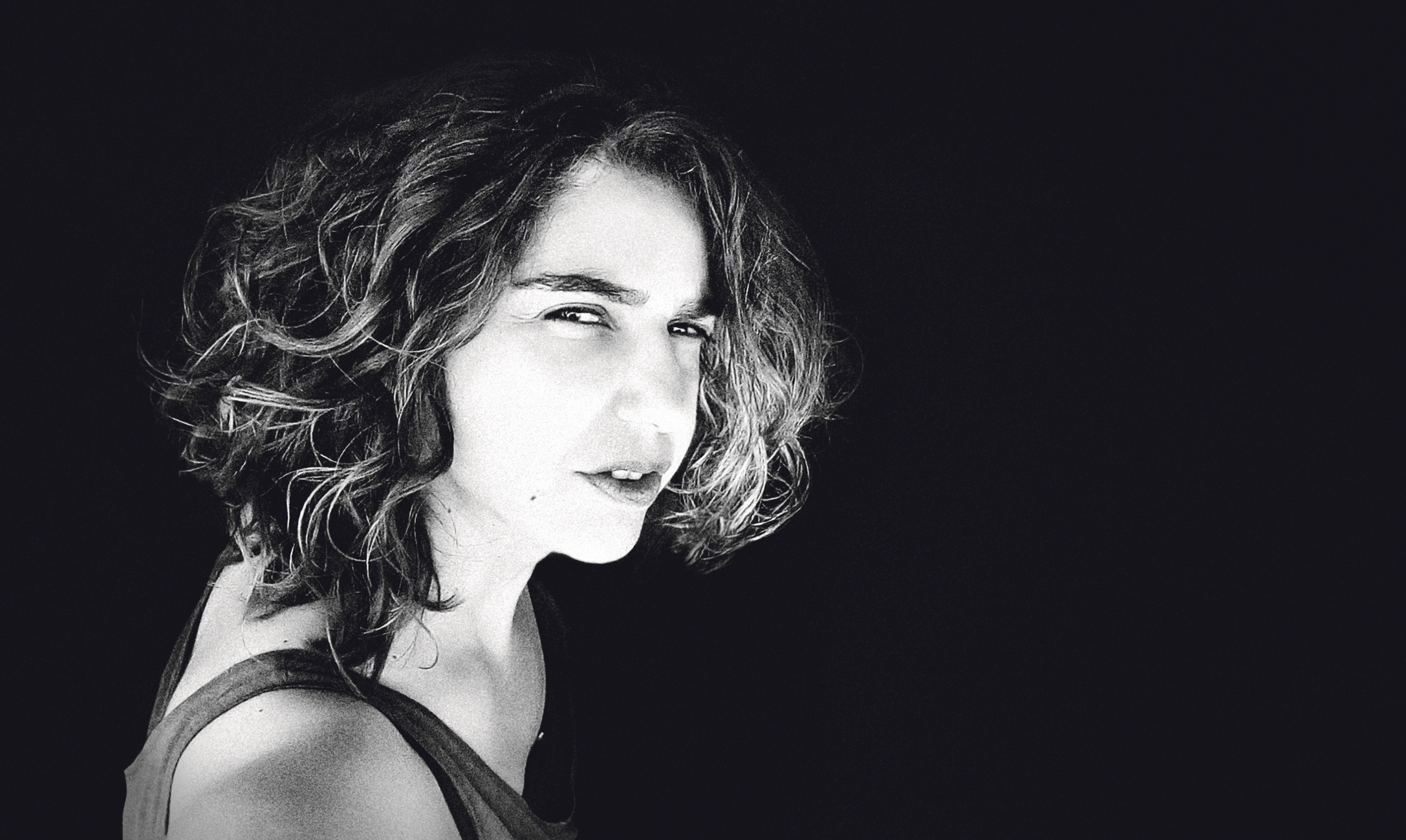Frieze London is commemorating its 20th anniversary this year. To mark this milestone, the fair will showcase special projects as well as prominent figures in contemporary art. Simone Leigh, Olafur Eliasson, and Wolfgang Tillmans are among the artists selected by the fair, and each has chosen a partner artist to collaborate with. They will work together in solo stands. Frieze Masters will also feature a special section dedicated to female artists. How do you assess this year’s Frieze? The fair promises to present a comprehensive and remarkable selection of art.
I find this utterly exciting. It is an outstanding achievement and Frieze London has a big role in the evolution and growth of the London art scene.
When thinking about the 20-year history of Frieze, how do you define it? And where do you see yourself in the scene?
The 2000s mark a milestone in the history of contemporary art in London. While European countries (due to Brexit UK is no longer a member), were showcasing young and contemporary artists in their institutions, the UK’s commercial galleries and public institutions were still focused on modernism and impressionist painting. The seminal project named fig-1, 50 exhibitions in 50 weeks – that I had the honour of curating its revival in 2015 – pioneered this shift in London, pre-dating the concept of pop-up exhibitions, brought forward one exhibition a week for the whole of 2000, providing a platform or young and established artists and new graduates such as Richard Hamilton, Jeremy Deller, Damian Hirst, Mona Hatoum, Runa Islam, Hussein Chalayan… In its immediate follow-up, the opening of Tate Modern and the founding of Frieze London proliferated the opportunities for young artists to showcase their works and feel supported to continue their practices.
Frieze Sculpture is a unique private exhibition held in a public area. Could you describe how the event was conceived and the process of choosing a theme?
I am truly delighted and honoured to be invited to herald a new vision for Frieze Sculpture for its 11th edition. This edition brings together a plethora of artists and artworks that respond to the renewed curatorial vision focusing on the expanded notion of sculpture, bringing out the contrast between the monumental and the ephemeral and practices that employ aspects of other media such as light, sound, performance and digital technologies.
This year, existing works are joined by new commissions that are site-responsive and site-specific. The selection includes a multitude of artistic concerns, be it conceptual, experiential, political, humorous or imaginative. Treated like an exhibition with thematic undertones, 21 outstanding established, mid-career and young artists are spread across a larger area of English Gardens, expanding the boundaries of the former editions. Alongside seminal and historically significant names, the selection includes artists who have not realised any public realm works and young artists who are pushing the boundaries of their practices.
Alongside the exhibit, a public programme of performances, artist conversations and tours are scheduled throughout September and October.
Could you please talk about the process of choosing an artist? What did you prioritize?
I wanted to bring together artists who have not exhibited together before, nor at the Regent’s Park. In a way, I wanted to step outside the usual suspects list. I invited small to medium-scale galleries, and young as well as established artists to take part, and where possible to produce new works. I focused on their individual practices and how they engaged with sculpture and challenged it as a medium. Furthermore, I wanted some of the artists to respond to the specificity of the Regent’s Park and its manicured and controlled environment. Goes without saying, for me a balanced female-to-male ratio was important, and you will discover many female sculptors this year.
We see Ayşe Erkmen and Gülsün Karamustafa from Turkey, is there any specific reason you have chosen to work with these two artists?
Gülsün Karamustafa and Ayşe Erkmen are the pioneers of Contemporary Art in Turkey and have outstanding international recognition. Their participation at Frieze Sculpture this year is an honour. I don’t think I need to convince Turkish readers of my reasons and I hope to inspire international visitors to know these prolific and inspiring artists from Turkey if they have not already.
When working on an exhibition that extends to public spaces, what should be the primary focus? Are there any different methods you use when operating in public spaces compared to your standard practice when working on exhibitions in galleries and museums? Or is there no difference at all?
Working in the public realm and in an institutional context have similarities and differences. First and foremost, I study the context in which these projects will be taking place. My curatorial process is composed of extensive research into the history, habitual behaviourisms and values of these contexts. I then explore the scale of ambition I can bring and the potential of the place. You need to be very attentive to detail in the public realm and speculate on the immediate past and future of the place before envisioning something to take place in the present moment. Cities are constantly evolving organisms, and you need to know the pace of change in the area where you are working on new commissions.
What are your priorities for the audience’s experience of art in public spaces?
As mentioned, for me, the first study is on the context, the scale, and the potential of the place/venue. For instance, with Regent’s Park, I studied the use of the gardens by observing the daily inhabitants, but I also researched its history and transition, as well as its outlook, the trees that are in the park, where they have come from etc. I am very much interested in catalyzing unexpected encounters while protecting the artworks from the vulnerability of being out in the open.
What kind of experience do you aim to provide the audience through this exhibition?
I think this edition will be unlike any other. I think it is more durational and necessitates the audiences to spend time with the works and engage in their own ways. It is not a walk-through exhibition, more engaging and interactive. Some artworks will be changing in time, others will be activated through performances. I treated the selection of works like in an exhibition, hence each work and its togetherness with the artworks in close proximity have a weight in the layout. The sightlines and the inter-conversations between the artworks will be important to ponder upon.
It is rare to find sculptures in public spaces in Turkey. What can you say about this unfortunate relationship of sculpture with public space?
Commissioning art in the public realm is an arduous task that demands big budgets and patience in handling bureaucracy and regulations. I believe in a country where things are in a constant flux of change, it is not easy to establish a strategy for the public realm and execute it consistently.
How do you define your curatorial practice?
I am a concept-driven curator who likes working in different contexts and internationally. I am very curious and open to discovering artists and new artistic practices. I love working in close connection with artists and I can proudly state that most of the artists I have worked with to date, have produced their most ambitious and bold artworks and took the highest risks with me. I love supporting the growth of ideas and making them a reality.
As a curator, what are your working methods and priorities? Which concepts do you prefer to work with?
It is varied. I sometimes respond to invitations and other times cultivate ideas for projects. At times, projects arise through my conversations with artists and other times it is the institutional conversations.
For me a good and healthy working environment, and colleagues who I am excited to work with and trust is primary. When it comes to my curatorial practice, being given a carte blanch rocks my boat.
What are the challenges and benefits of being an independent curator? How does it impact the individual? Is independence a crucial quality for a curator?
Nowadays, a group of colleagues are using a new term to identify their curatorial position, that is interdependent curator. This term stands for curators who work independently with and for institutions, thus they care for the institutions but also pursue projects that are free from the bureaucratic constellation of the institutions. I feel a close alignment with this position.
Art institutions have been a passion for me since the start of my professional life in the arts, and I think my criticality brought me to independence.
You have spent most of your career working abroad. Can you share with us the reasons behind this decision? I understand that you received your mathematics education in Turkey and worked in the local art world for some time, but then you moved overseas quite quickly.
I truly value freedom of thinking, freedom of imagination and freedom of speech.
Could you please clarify why you are not doing more curatorial work in Turkey?
I am engaged in projects that take place in Turkey. For instance, I was on the jury and curated the 40th Contemporary Arts Prize Exhibition at Akbank Sanat last May. I am currently the juror-in-chief for the Yan Kose Public Art Commission.
I think the main reason for me not curating many projects in Turkey is the budget, given the currency exchange rates juxtaposed with the minimal honorariums and production budgets, it doesn’t support living abroad.
Türkiye çağdaş sanat sahnesine baktığınızda nasıl bir tabloyla karşılaşıyorsunuz?
It is a complicated situation. I feel Turkey has been in this vicious cycle of transitioning, which naturally has a huge impact on the arts and culture.
The main source of art is the freedom of expression. What are your thoughts on the gradual restriction of freedom of expression in Turkey? As a curator observing from outside, how do you think this limitation will impact artists and their art production in the region? How do you perceive this place?
I observe a heightened migration, many artists are moving abroad through grants, or purchasing houses or teaching jobs. Only a fraction of my colleagues that I studied at University in Istanbul live and work in Turkey.
How will the current global challenges, such as the climate crisis, pandemic, wars — including the Russia-Ukraine conflict, migration, and the rise of fascist tendencies — impact the world of art and cultural production?
The 21st century is unlike any other. The crises in money, health, energy, climate,… the ongoing wars, with the mass adoption of the internet, have taken a seismic scale. This produces problems we cannot solve in the paradigm in which we reside. We need and I believe we are on the verge of a paradigm shift. We need a new alignment and conscientiousness.
I have been pondering these questions and the future of institutions for over the last two years. My book The Art Institution of Tomorrow Reinventing the Model is being launched in the new year. I have compiled examples of excellence and applicable solutions for the change to happen. We will need to work for it and it won’t be easy as we need to leave our comfort zones but I believe it will be worth attempting a radical systemic change.
Do you have anyone influential or any institution on your radar under the current circumstances?
Absolutely, I have interviewed more than 50 museum directors, and senior curators from across the globe and I can give you a long list starting with the Mori Museum in Tokyo, Pinacoteka in Sao Paulo…
Do you have a favourite book, movie, song, or other work that holds special meaning to you?
Anytime. I am a lifelong learner and surrounding myself with art, books, films and music is my natural habitat. When we adhere to ‘meaning’, meaning is not a fixed gravitational force, it is more like a magnetic field with multiple cluster points. As I change, what I adhere meaning to changes and those books, and films gain different life-times. I am never at ease naming one book or one film, that is too limiting for my ever-evolving and changing and growing nature.







